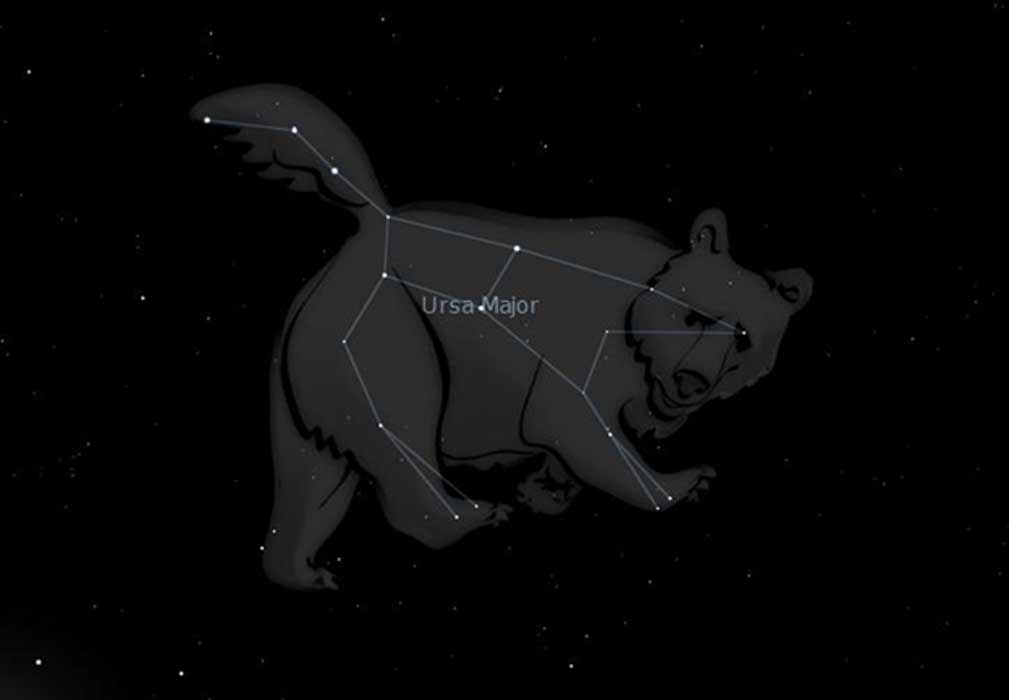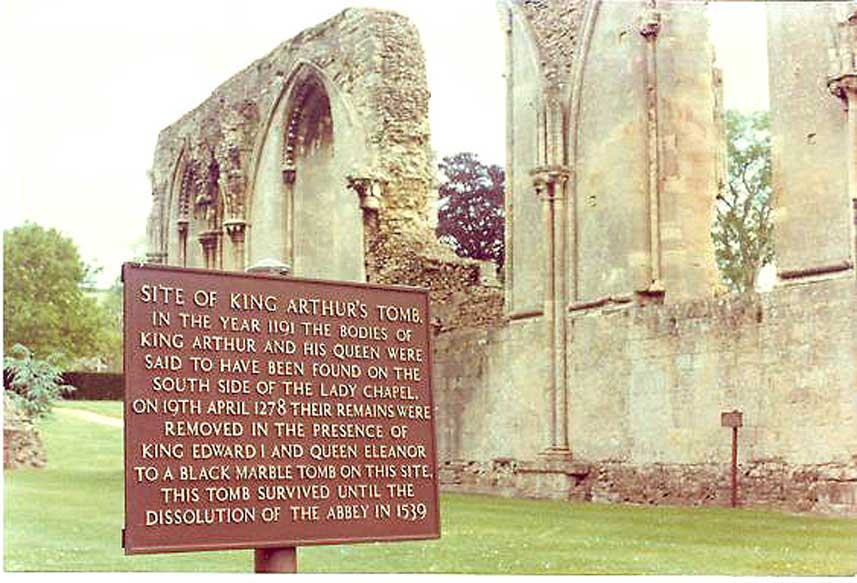
Arth Vawr and the Pendragon: Astronomical Link Between the Great Bear and Draco Constellations and the Arthurian Legend?
From Mystery Hill and the spot dubbed Calendar Hill in New England to the venerable Stonehenge, from Incan Pyramids to the Australian outback, from the windswept northern Islands of Great Britain to sun-washed Egyptian ruins, the findings all are similar. There seems to be plenty of evidence that most, if not all, megalithic monuments had an astrological connection that pointed to something in the heavens. On the morning of a solstice, stand in the center of Stonehenge, visit Newgrange, climb a watchtower at Mystery Hill or trek back into the Peruvian jungle to one of the great pyramids, and you will certainly understand that there is as much mathematical precision at any of those ancient places as you will find in the most complicated observatory built today. If you factor in degree of difficulty, even more. After all, although contemporary astronomers have sophisticated computers and telescopes at their disposal, if challenged, not many of them could duplicate our ancestors’ work if all they were given to work with was stone.
The Link Between Arthurian Saga and Astronomy
But the astrology of ancient times is hidden away in other disciplines as well. Katherine Maltwood, for instance, wrote a book in 1929 called A Guide to Glastonbury’s Temple of the Stars. It caused an immediate stir because she claimed to have discovered, in the very face of the landscape which was, in her time, covered by fields and seemingly natural folds of the ground, a series of huge figures that were literally carved into the earth. She recognized in them the signs of the Zodiac, each figure constructed beneath its parent constellation.
At the time of her discovery, she was diligently at work illustrating The High History of the Holy Graal, a work that had been translated from old French by a Dr. Sebastian Evans. On the final page of that book she found written these words: “The Latin from whence this History was drawn into Romance, was taken in the Isle of Avalon, in a holy house of religion that standeth at the head of the Moors Adventurous, there where King Arthur and Queen Guenievre lie.”

King Arthur's tomb site at ruins of Glastonbury Abbey (Moriori/Public Domain)
Avalon? That was right there at Glastonbury! Could there be a connection between the Arthurian saga and astrology? In other words, could the saga itself, sometimes called The Matter of Britain, which was first spoken and later written down many hundreds of years later, contain an astrological message that duplicated the work of ancient Neolithic workers in stone? If so, it would illustrate a literary version of the now well-known and almost universal megalithic adage: "As above, so below."
Two observations come into play: First, as the earth spins on its axis, it wobbles a little. This wobble is called precession. What it means is this: Slowly, over the course of thousands of years, from the standpoint of any vantage point on earth the constellations appear to change places. Our present north star, Polaris, wasn’t always located in the true north. (As a matter of fact, it still isn’t, and won’t be until the year 2100.) Second, the dragon is an ancient symbol for earth energy, or what is now often called ‘Pagan’ religion. Its sign in the Zodiac is the constellation Draco.
Western Concept of the ‘Evil Dragon’
During much of the long span of millennia that encompassed the construction of the great stone monuments built all over western Europe and the British Isles - a vast amount of time that lasted from at least 4500 to 1500 BC - there were actually two north stars, both located in the constellation Draco, the dragon.
People in western cultures differ from people in eastern cultures when it comes to their understanding of dragon symbolism. In the west, the dragon has come to represent evil. Anyone who reads JRR Tolkien's Hobbit stories is familiar with this interpretation. To those of this mindset, a dragon is a terrifying force of nature that consumes all in its path as it gathers gold and treasure. It doesn't use this treasure. It just hoards it. The only way to access the wealth is to slay the guardian. The evil dragon symbol is found in western mythology and monotheistic religious texts. It is there in the form of a serpent in the Garden of Eden and is identified as: "that old serpent, the Devil" just before the final battle of Armageddon. In North and Central American mythology, it appears in the guise of a rattle snake. It is a creature meant to be conquered and destroyed, destined to fall before the materialistic and technological power of a humanity that is separate from and superior to the powers of nature.
Eastern Concept of ‘Energized Dragon’
In the east, however, the dragon symbolizes something else entirely. There, it represents vitality and strength. It is understood to be the raw energy of nature, the ultimate power of the earth itself. The serpent that sheds its skin is in a continual process of growth and renewal. It is worshipped as the guardian of secret places. It is vividly immortalized in parades celebrating new beginnings. It is found in ‘dragon lines’ that carry vital earth energies as they ‘snake’ their way throughout nature. The intersection of these energy lines is often marked by great megalithic structures that some believe were constructed to magnify and amplify this vital earth force. In other words, they were built on holy ground.





